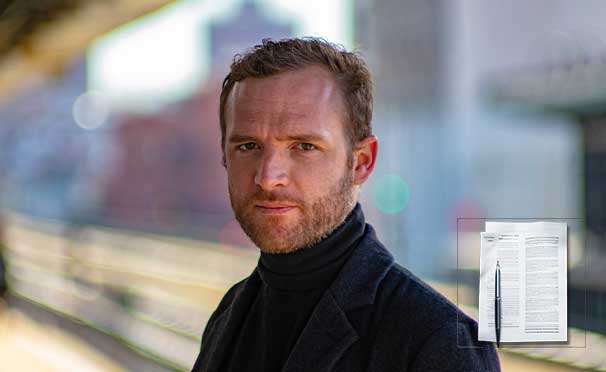Guarding Integrity: Innovating Against Employee Theft at SyncTech
No Fee
| Case ID: | OBH-SYNC-20230801-1-V1 |
|---|---|
| License: | CC BY-NC-SA 4.0 |
| Pages | 4 pgs |
| Teaching Notes | Included |
| Assessment 1 | 60 Multiple Choice Q's |
| Assessment 2 | 3 Role Play Scenarios |
| Ai Level | Content co-authored with the OpenAI API |
In “Guarding Integrity: Innovating Against Employee Theft at SyncTech,” the case centers around SyncTech Inc., a thriving tech company grappling with a pervasive issue of employee theft. As CEO David Lowe faces substantial financial losses and a decline in employee morale, he must navigate a delicate balance between implementing stricter controls to curb theft while upholding the company’s core values of trust and integrity. Lowe contemplates innovative solutions, including investing in sophisticated surveillance systems and initiating a cultural transformation campaign. The case provides valuable insights into organizational behavior, leadership, ethics, and strategy, as it presents the real-world challenges of addressing employee theft and maintaining a culture of innovation and trust within a tech organization.
The top 5 course categories present in the case are as follows:
- Organizational Behavior: The case revolves around the challenges of employee theft and its impact on organizational behavior, trust, and morale within SyncTech Inc. Rating: 9/10 - The case strongly aligns with the Organizational Behavior category as it delves into the dynamics of employee behavior, culture, and leadership within the company.
- Leadership: The case highlights CEO David Lowe's leadership conundrum in addressing the issue of employee theft while maintaining the company's integrity and innovative spirit. Rating: 8/10 - The case provides insights into the leadership decisions and dilemmas faced by the CEO, making it suitable for studying leadership in a real-world context.
- Ethics: Employee theft raises ethical concerns, and the case explores the challenge of balancing the need for vigilance with preserving trust and integrity in the organization. Rating: 9/10 - The case prominently features ethical considerations, making it highly relevant for discussions and analyses related to ethical decision-making.
- Human Resource Management: The case touches on issues of employee morale and the potential impact of implementing surveillance technology on the workforce. Rating: 7/10 - While HR aspects are present, they could be further developed to strengthen the focus on human resource management.
- Strategy: The case presents different potential approaches for addressing employee theft, including technological solutions and cultural transformation. Rating: 8/10 - The case involves strategic decision-making, making it relevant for discussions on strategic management and innovation.
Weaknesses of this case structure:
- Data Analysis: The case lacks comprehensive financial data analysis, which could provide a deeper understanding of the financial impact of employee theft and its implications on the company's performance.
- Scenario Development: While the case introduces the issue of employee theft, it could benefit from a more detailed and engaging scenario that draws the reader in and provides a clearer context for the challenges faced by SyncTech.
- Impact Assessment: The case does not explicitly explore the potential long-term impact of the proposed solutions on the company's financial performance, employee morale, and overall organizational health.
- Usefulness for Some Categories: The case may not be as relevant for courses focused solely on accounting, communications, finance, or international business, as these topics are not extensively covered.
Strengths of this case:
- Real-World Relevance: The case reflects real-world challenges faced by organizations, making it a valuable tool for practical discussions and analysis.
- Ethical Considerations: The case effectively presents ethical dilemmas, encouraging students to analyze and debate the importance of integrity in business.
- Integration of Multiple Categories: The case successfully integrates organizational behavior, leadership, ethics, and strategy, providing a comprehensive learning experience.
- Decision Point: The case offers a clear decision point, prompting students to critically evaluate potential solutions and their implications.
- Relevance to Tech Industry: SyncTech being a tech company makes the case particularly relevant for courses focusing on technology and innovation.





